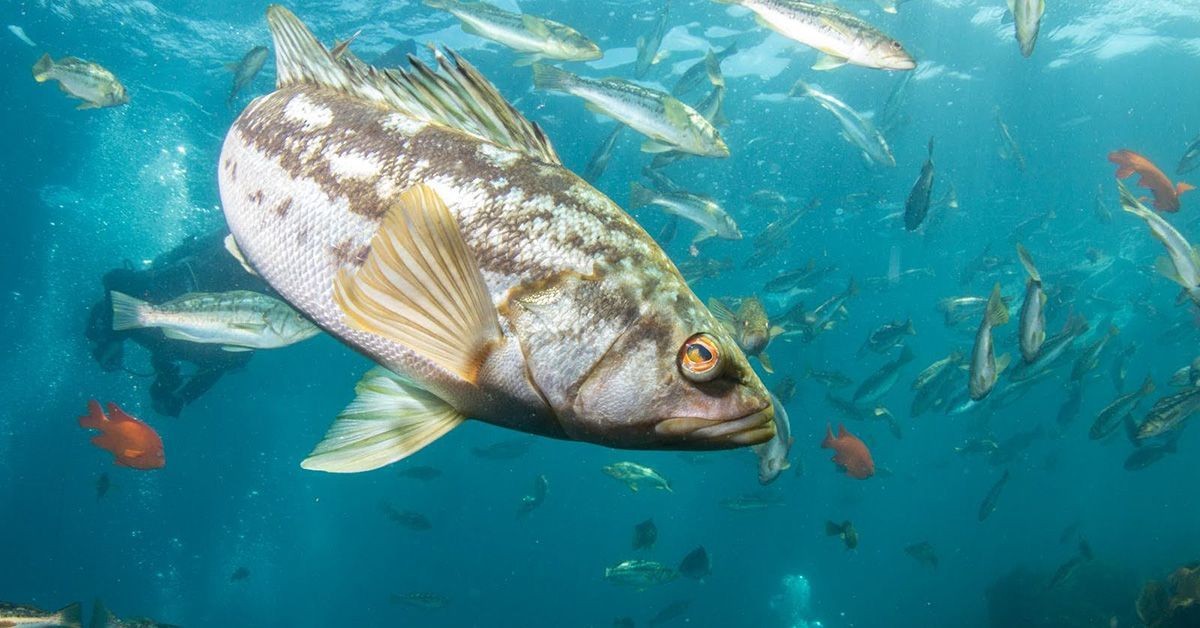
A recent study has shed new light on the lingering effects of DDT contamination in the waters off Southern California, revealing both concerning patterns and some positive developments. The research, conducted by UC San Diego's Scripps Institution of Oceanography, combined nine datasets spanning two decades to provide a comprehensive analysis of DDT contamination in ocean sediments and fish populations.
DDT, a toxic pesticide banned in 1972, was dumped into the ocean by the Montrose Chemical Corporation over 50 years ago. Despite the passage of time, the study found that DDT concentrations in ocean sediments remain highest near known dumpsites, indicating that the contaminated sediments have largely remained in place.
The research team discovered a clear relationship between DDT levels in sediments and those found in fish. Fish caught in areas with higher sediment contamination tended to have higher DDT concentrations. However, this relationship varied depending on the fish's habitat and diet.
Bottom-dwelling fish, such as halibut, caught near heavily contaminated sites like the Palos Verdes Shelf superfund site, showed particularly high levels of DDT. In contrast, fish living closer to the surface or higher in the food chain had more consistent DDT levels across different locations.
On a positive note, the study revealed that DDT contamination in fish has decreased over time. The vast majority of recreationally caught fish in the region were found to be safe for consumption, falling below California's guideline thresholds. However, the researchers emphasize the importance of consulting relevant consumption advisories, especially for bottom-dwelling fish caught near contaminated areas.
Lead study author Lillian McGill expressed surprise at the strength of the relationship between DDT levels in fish and their habitat, diet, and location. This finding could lead to more accurate, location-specific fish consumption advisories in the future.
The study's comprehensive approach, combining multiple datasets, provides a clearer picture of DDT contamination in Southern California's coastal waters. It demonstrates the persistence of certain chemical pollutants in the ocean while also showing that the remaining hazards from DDT appear to be relatively localized and follow a predictable pattern.
Brice Semmens, a marine biologist at Scripps Oceanography and co-author of the study, suggests that the decrease in DDT levels in fish over time may be due to the gradual burial of contaminated sediment by new sediment. However, he cautions that the study's samples focused on near-shore contamination and cannot directly address the potential impact of deep-water dumpsites discovered in 2020.
The researchers have used their findings to create a framework for predicting contamination in individual fish based on sediment data and species ecology. They are collaborating with UC Santa Barbara to develop a user-friendly website called SaferSeafood, which aims to provide anglers with information about anticipated DDT contamination and consumption guidelines for their catch.
As the scientific community continues to grapple with the long-term effects of DDT contamination, this study provides valuable insights into the distribution and persistence of this harmful pollutant in Southern California's marine ecosystem. The findings not only contribute to our understanding of environmental contamination but also offer practical tools for protecting public health and informing future conservation efforts.